

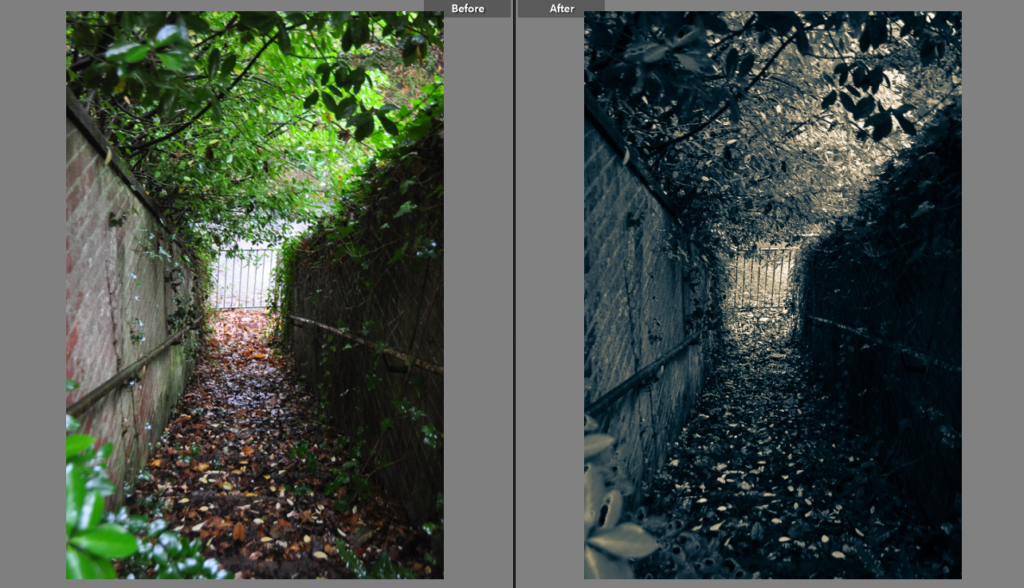



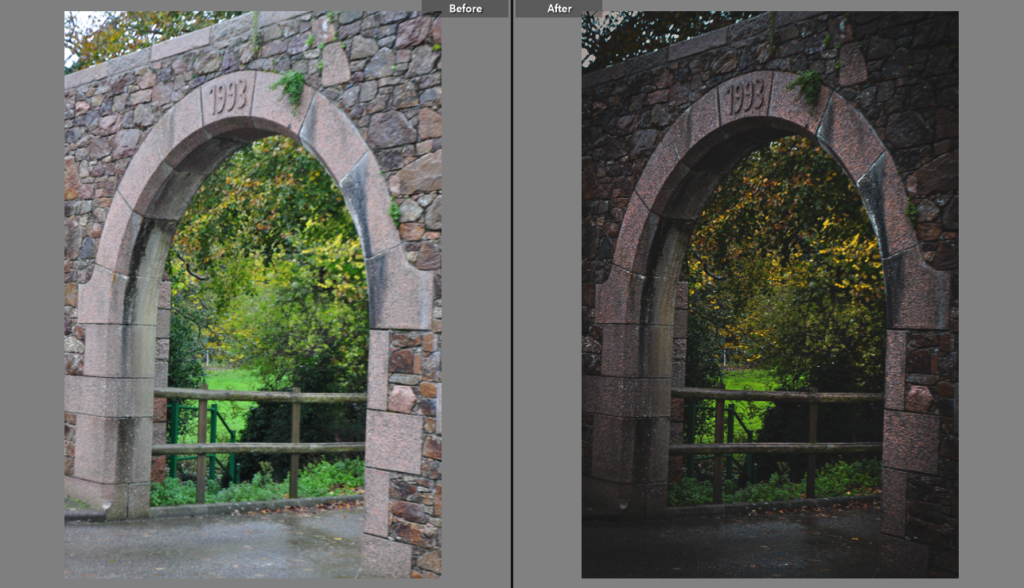

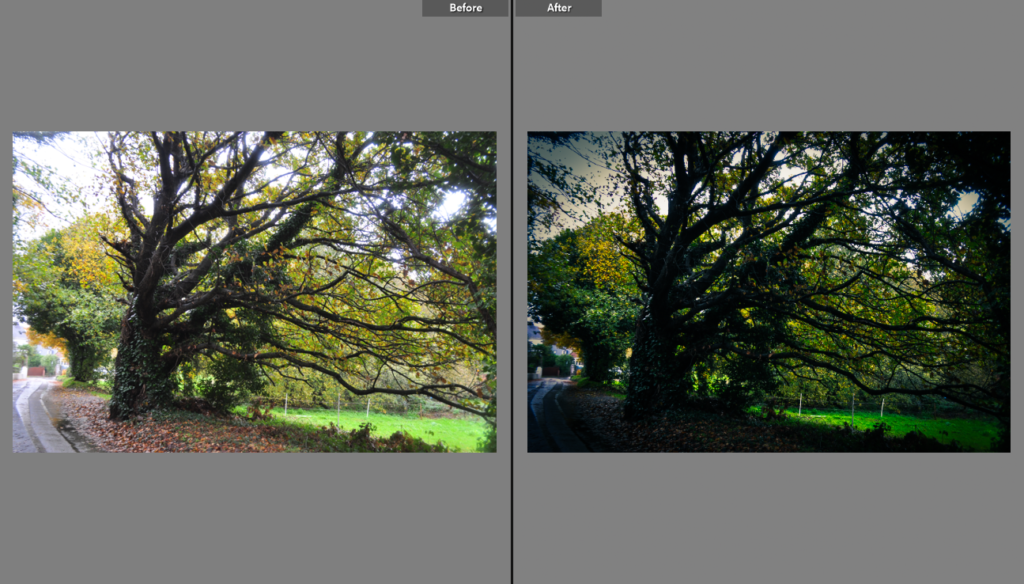
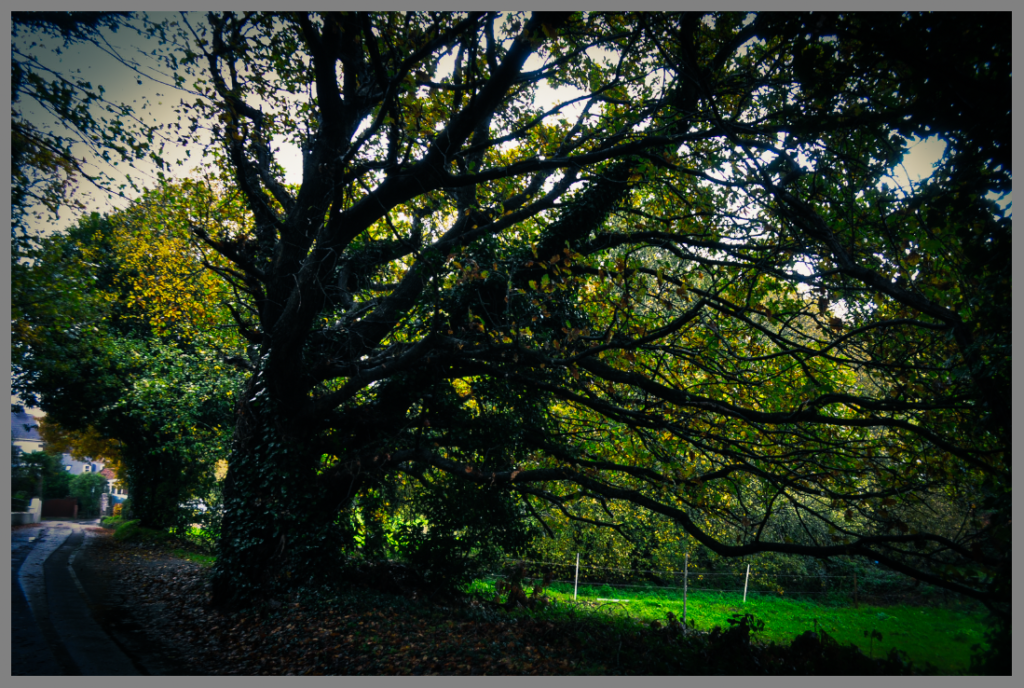
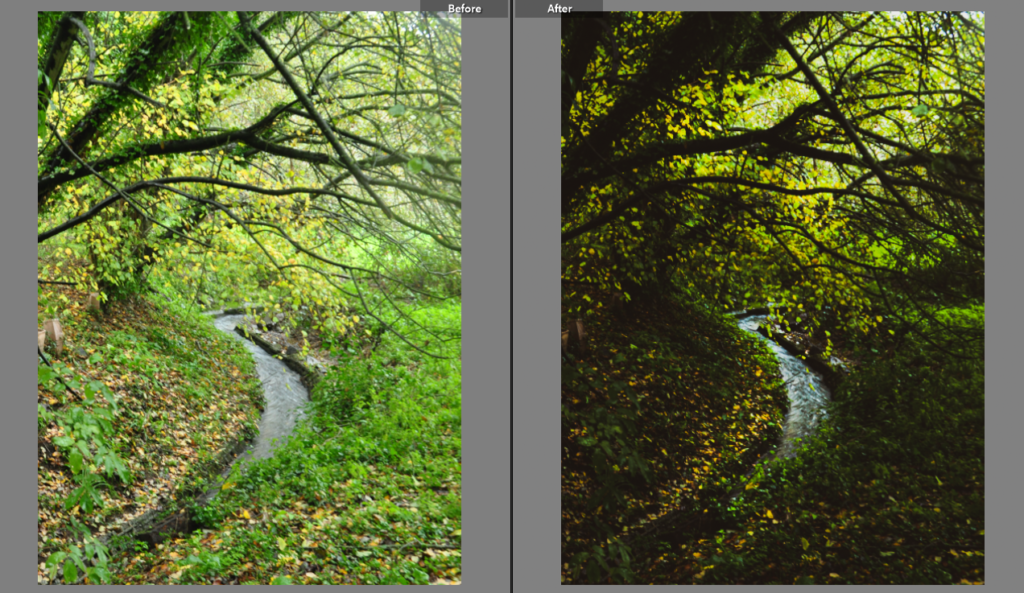



I created these edits in Lightroom, using a range of different editing techniques as well as applying different filters for different effects.














I created these edits in Lightroom, using a range of different editing techniques as well as applying different filters for different effects.
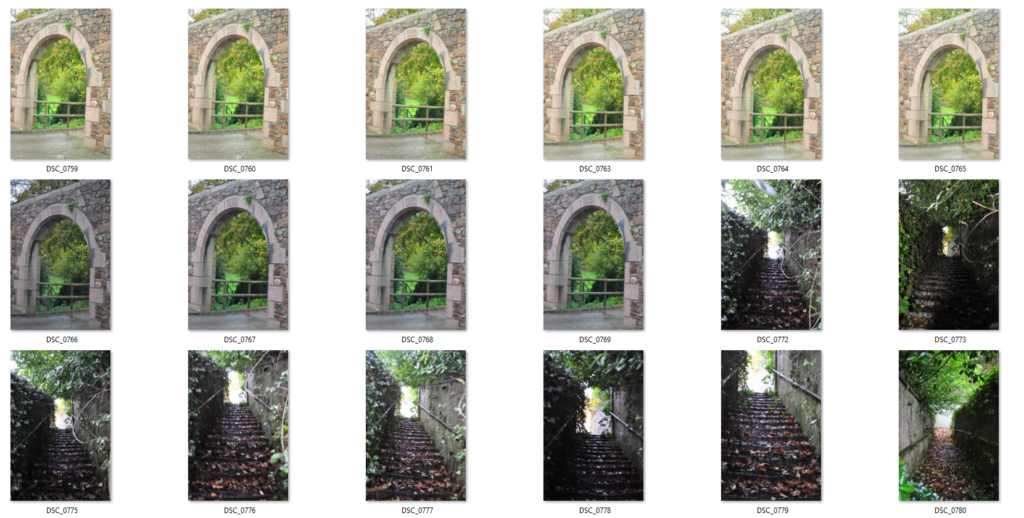
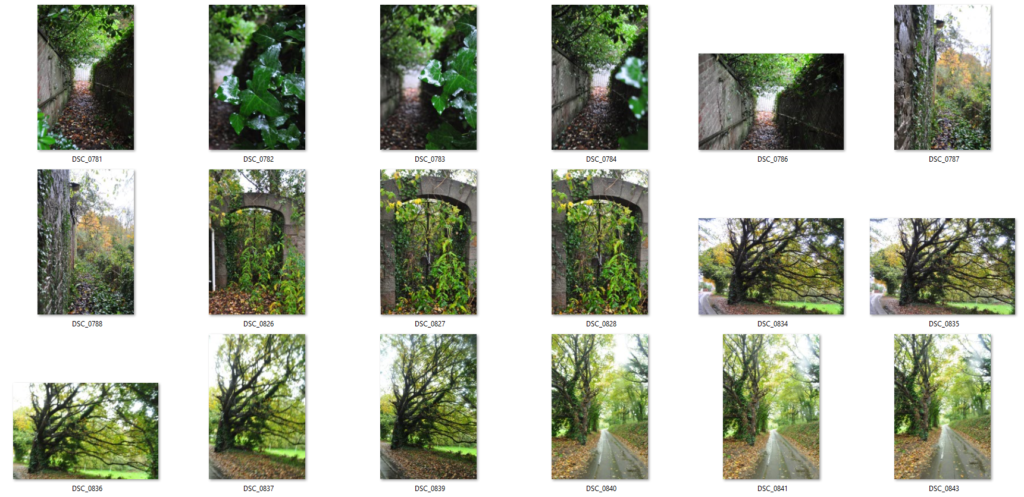

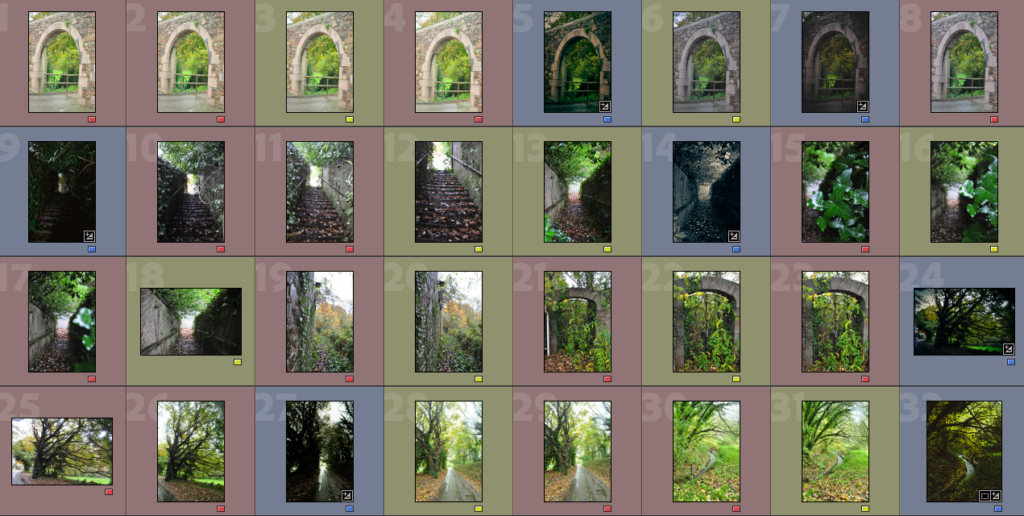
This is the contact sheet I created for this photoshoot in Lightroom Classic. I used colours as a filtering system; red for photos I won’t use/ won’t edit, yellow for photos I might come back to and edit and blue for photos I will definitely edit or have already edited. I also removed some photos from the contact sheet which I didn’t think would be any use at all.
Exposure bracketing is a technique where, instead of taking a single photo, you take three (or more) that are all exposed slightly differently; normally one is correctly exposed, one slightly underexposed, and one slightly overexposed. You can set up your camera both manually (changing the settings each time) and automatically (only choosing a step and the camera adjusting itself after each photo).
The purpose of this is to cover more of the dynamic range. Bracketed photos are used later to create an HDR (high dynamic range) photo. Some other bracketing techniques include white balance bracketing or focus bracketing.

Firstly, set up your camera on a tripod and select a bracketing mode in your settings. Next you have to decide an amount of brackets for your picture. This will be the amount of different exposure pictures that you will have. Then set up the camera so that there is a 2 seconds delayed shutter. If you have this timer set, the camera will take all the brackets automatically. This means you will not have to click the button over and over again which will prevent the camera moving and therefore not making perfectly identical pictures. Lastly, you click the shutter button once to start the process.
![Exposure Bracketing Photography [COMPLETE GUIDE]](https://phlearn.com/wp-content/uploads/2019/05/Exposure-Bracketing-no-text.jpg?fit=1400%2C628&quality=99&strip=all)




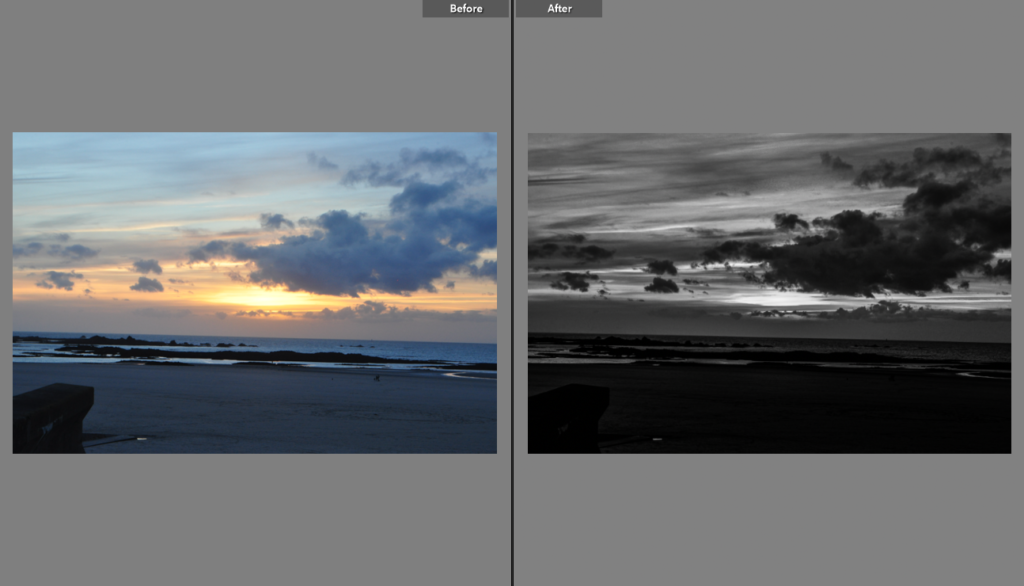
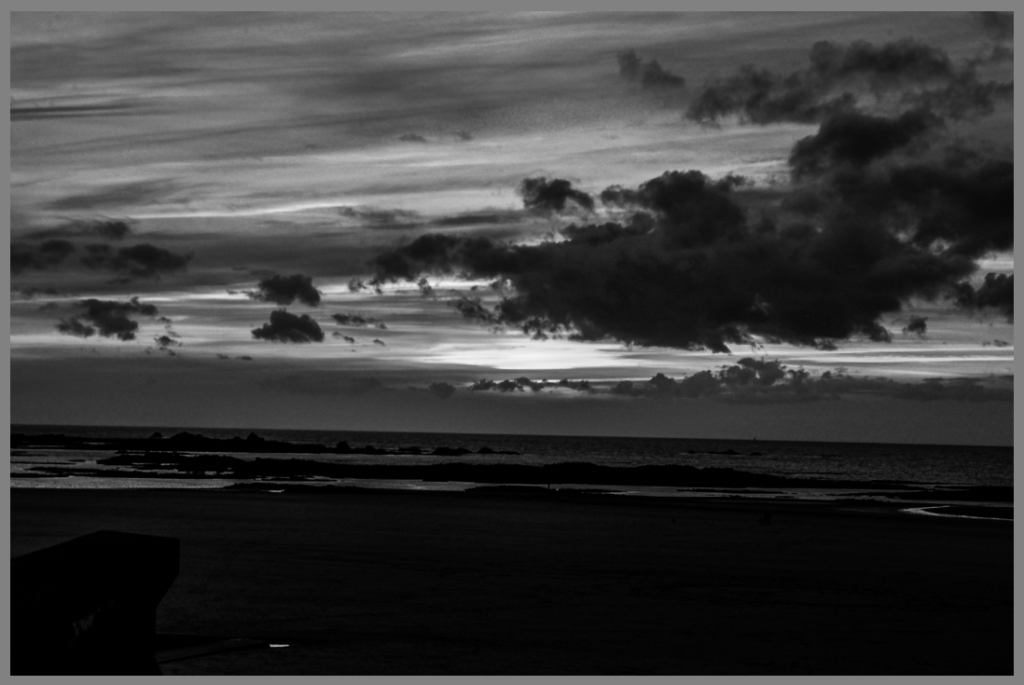
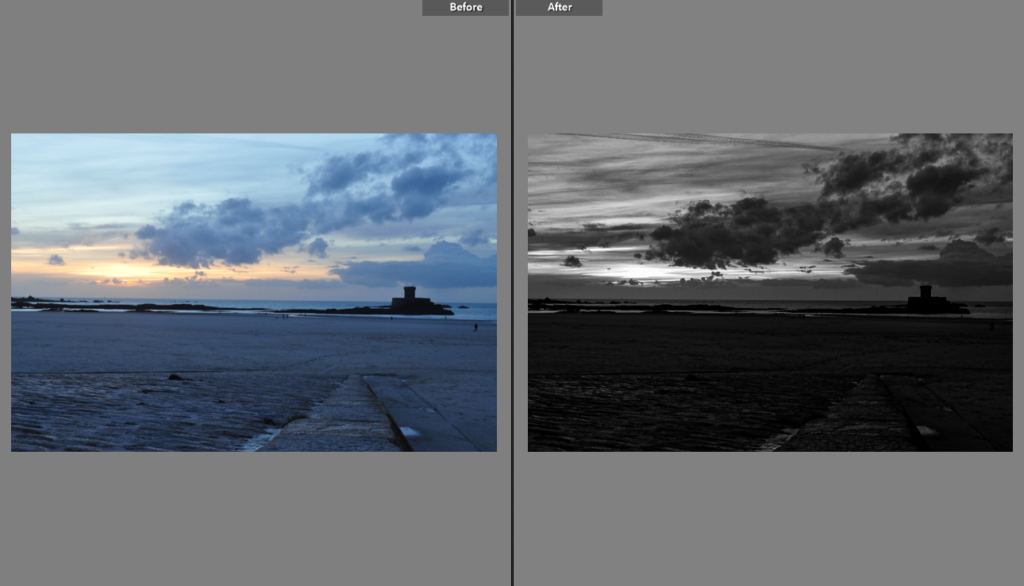
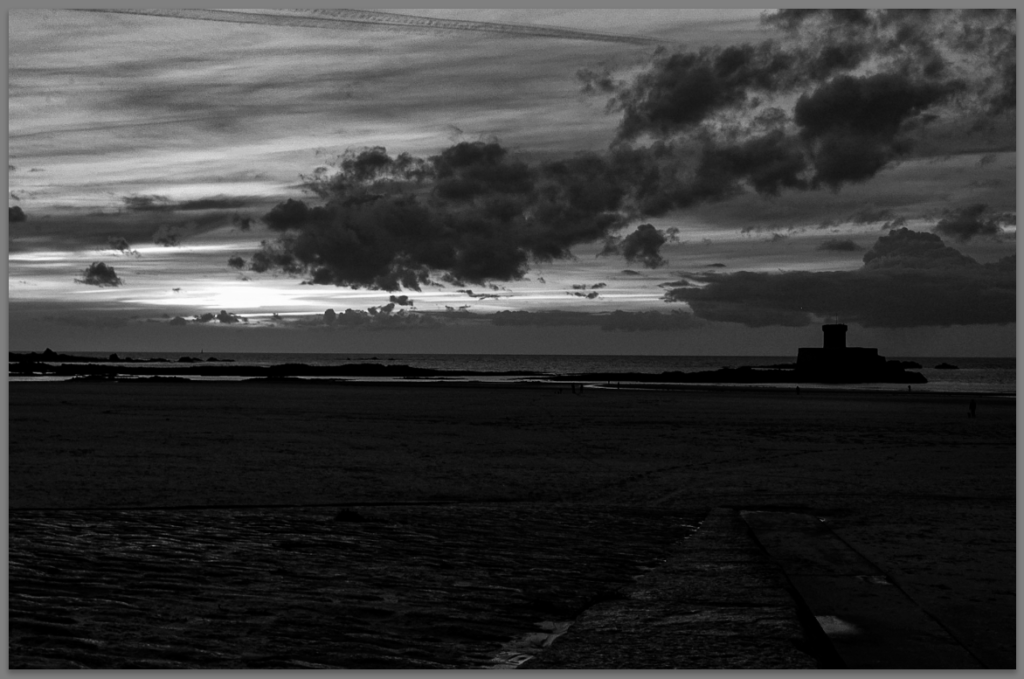
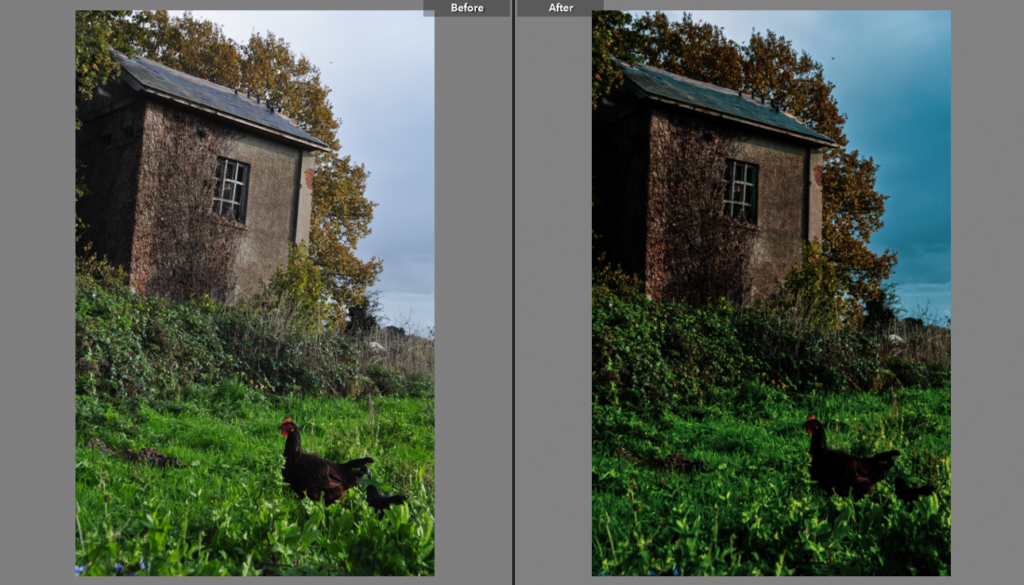

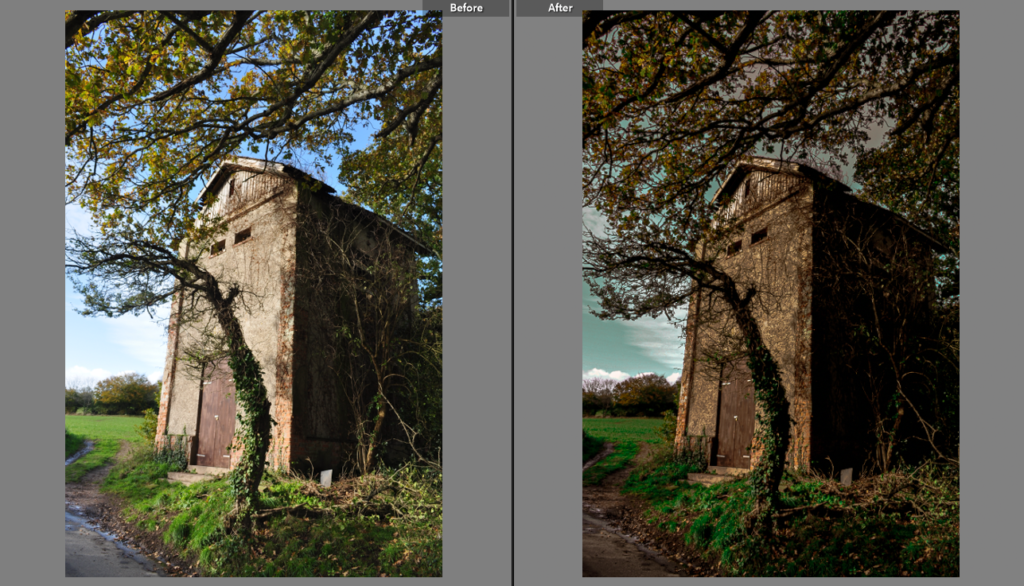

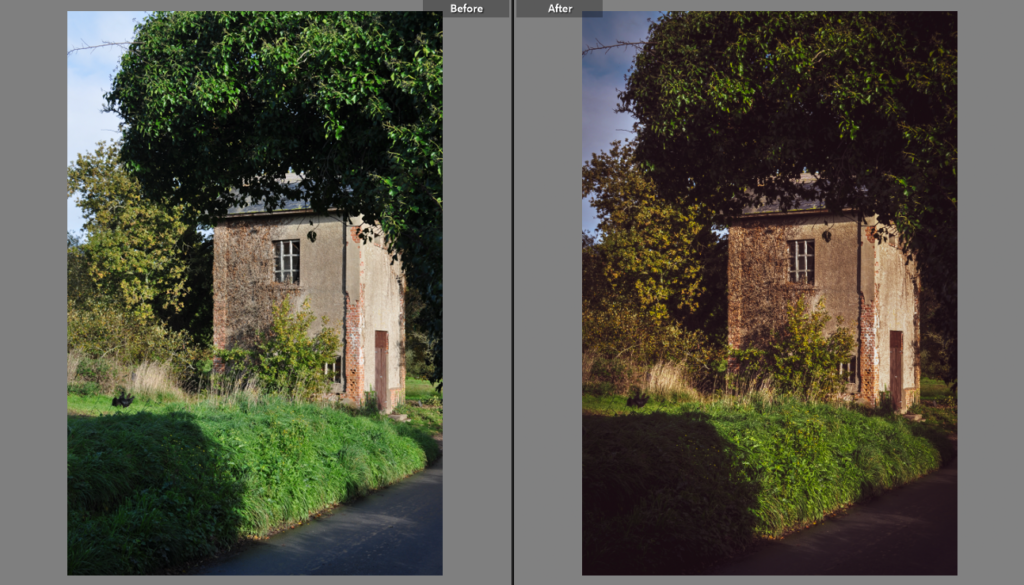

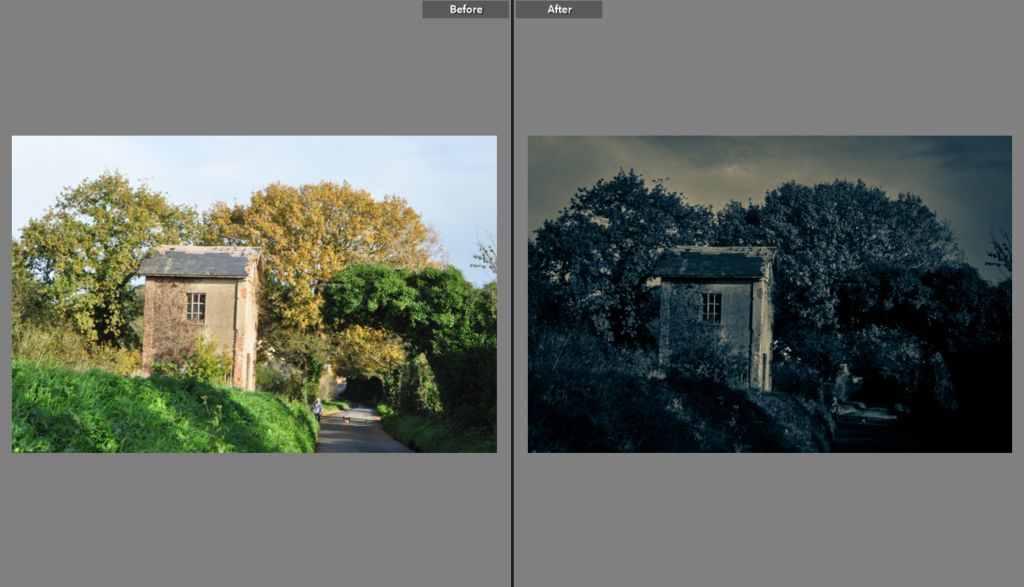
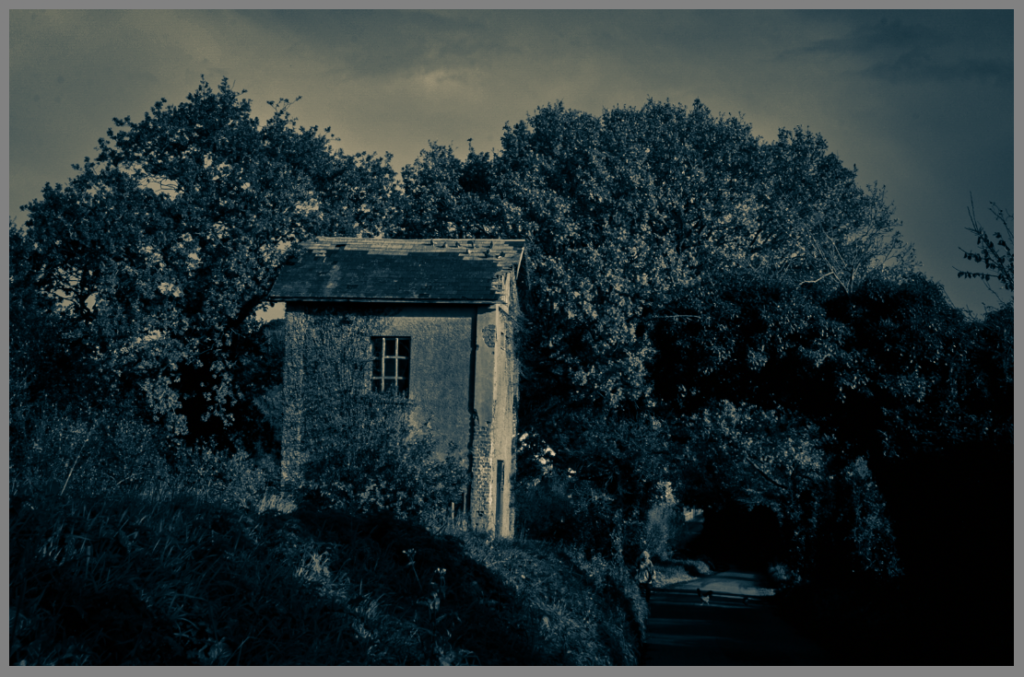
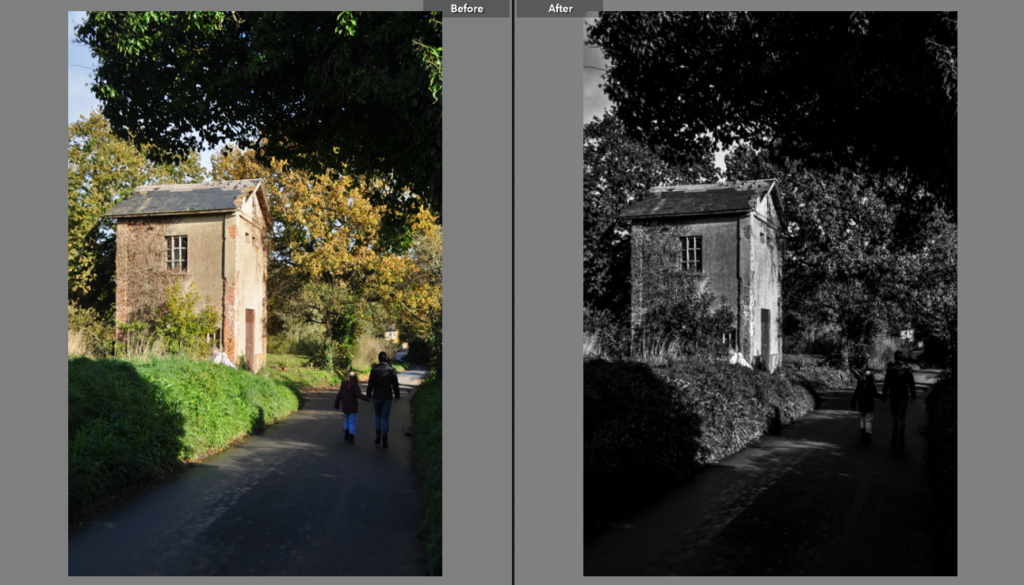



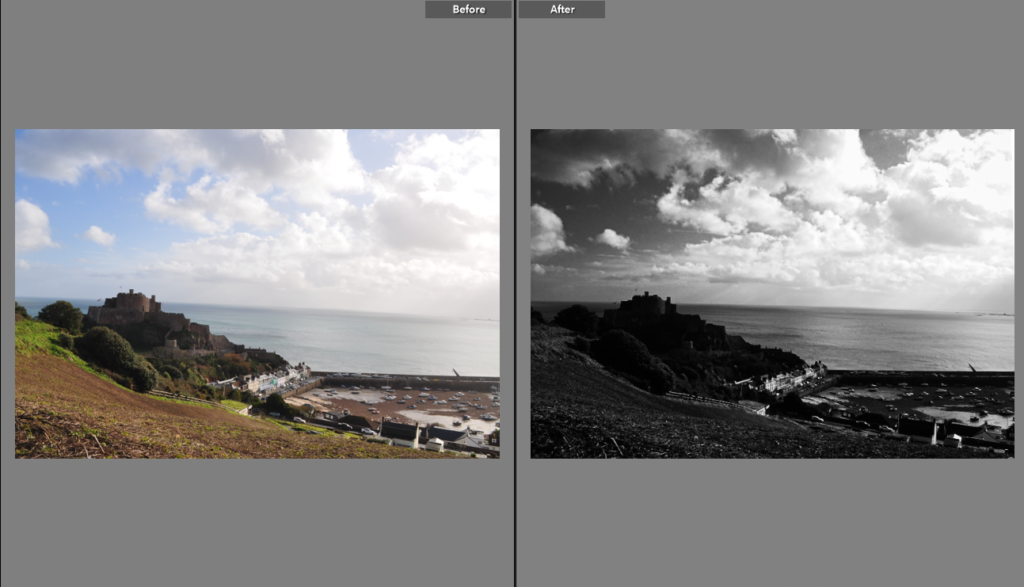
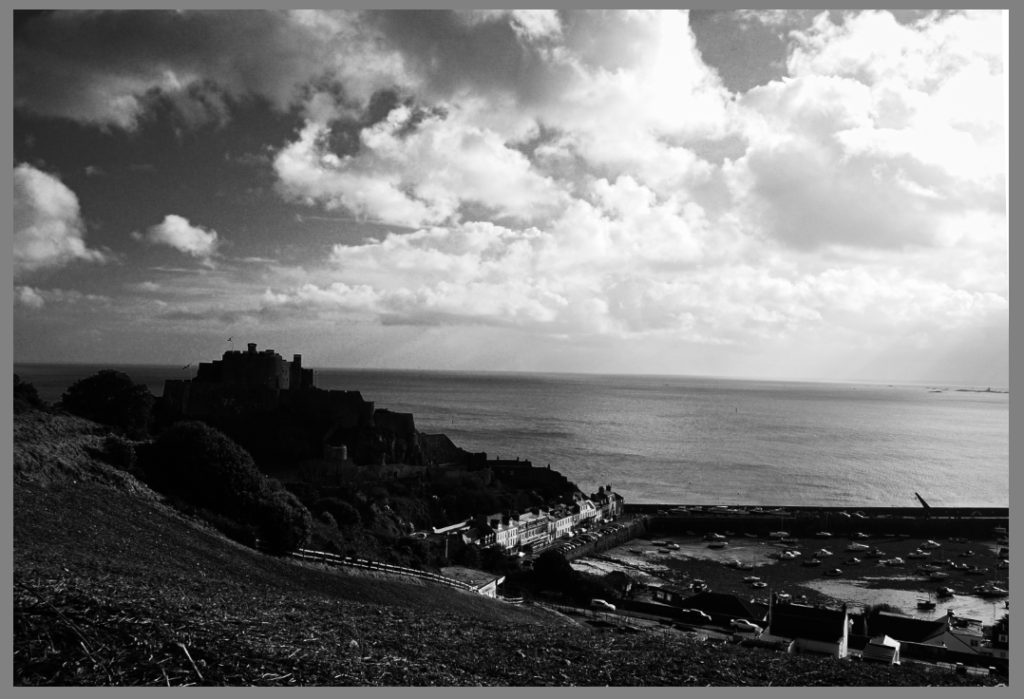
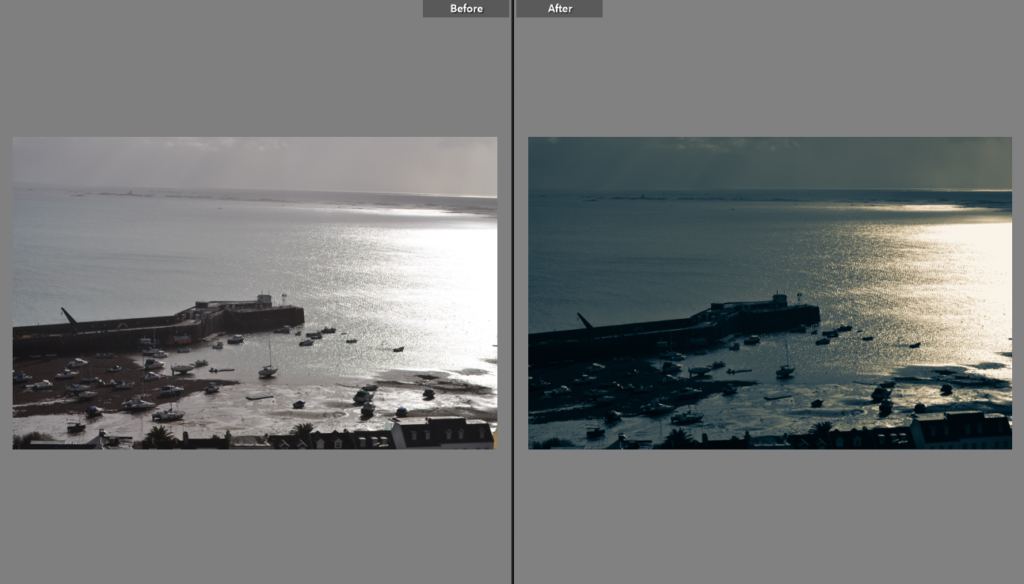
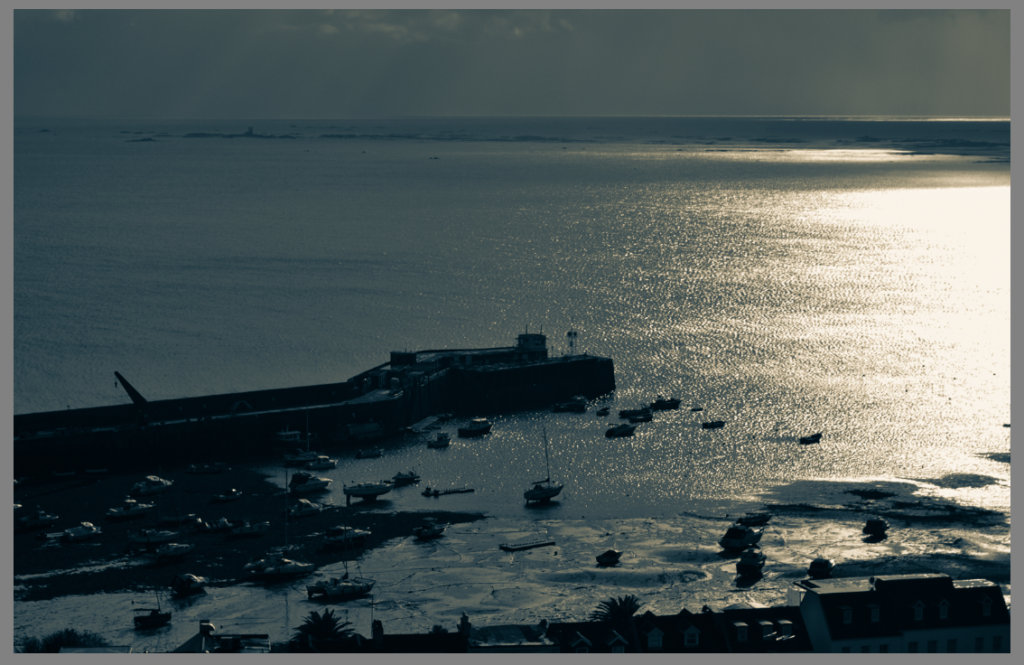
I created these edits in Lightroom, using a range of different editing techniques as well as applying different filters for different effects.
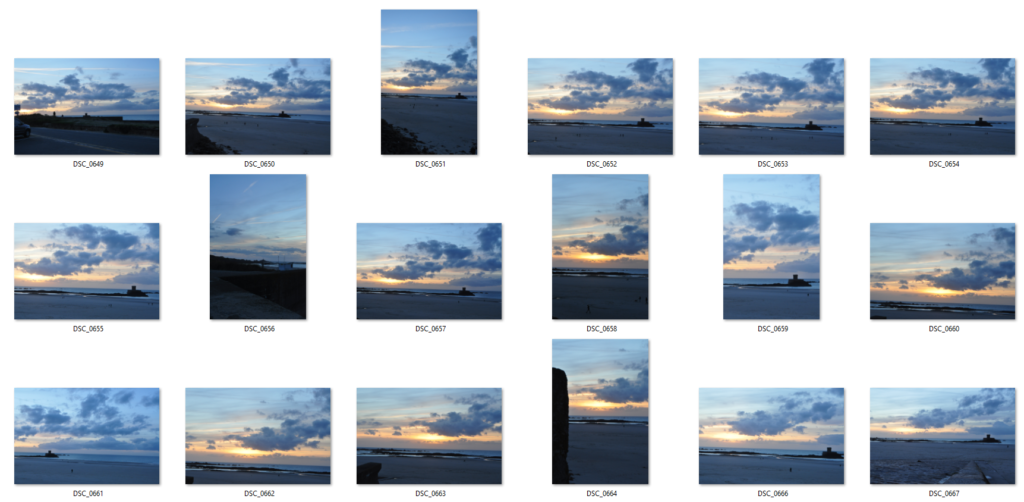







This is the contact sheet I created for this photoshoot in Lightroom Classic. I used colours as a filtering system; red for photos I won’t use/ won’t edit, yellow for photos I might come back to and edit and blue for photos I will definitely edit or have already edited. I also removed some photos from the contact sheet which I didn’t think would be any use at all.
Ansel Easton Adams was an American landscape photographer and environmentalist known for his black-and-white images of the American West. He was born on the 20th of February, 1902 in San Francisco, California, USA. He passed on the 22nd of April, 1984 in Monterey, California, USA.
Adams was part of ‘Group f/64’, which was an association of different photographers who, as a group, advocated ‘pure’ photography. This type of photography focuses on sharp focus and the use of the full tonal range in a photo. As a group, they even created a Zonal System (as seen below) which ensured that all tonal values are represented in their work. Adams was also seen as an advocate of environmental protection, national parks and creating an enduring legacy of responses to the power of nature and sublime conditions. Other members in Group f/64 included Edward Weston Dorothea Lange, Imogen Cunningham among other female photographers who has been overlooked in the history or photography.
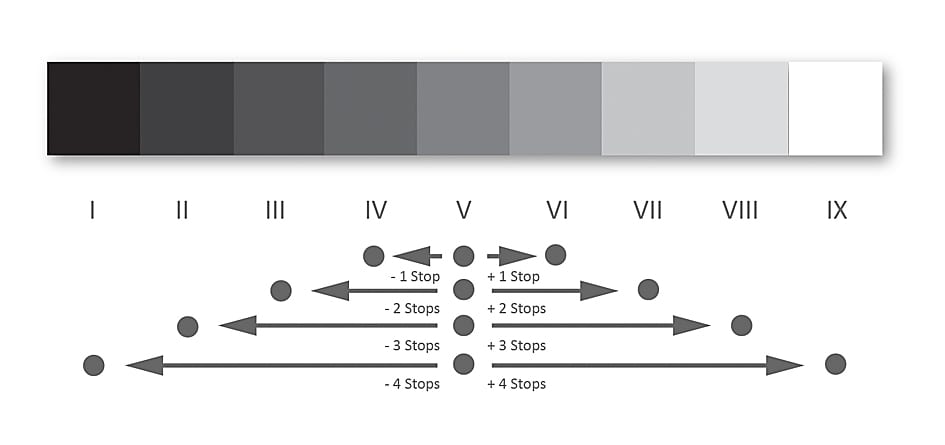
“You don’t take a photograph, you make it”
– Ansel Adams

The Zone System is a photographic technique for determining optimal film exposure and development, put together by Ansel Adams and Fred Archer. Adams described the Zone System as “not an invention of mine; it is a codification of the principles of sensitometry, worked out by Fred Archer and myself at the Art Centre School in Los Angeles, around 1939–40″.

Adams created high contrasting images using a range of different filters. He used the classic yellow, orange and red filters which he used with black-and-white film. Red had the most dramatic effect, yellow had the least effect on the blue sky; orange was somewhere in between. He wanted each of his images to include all the tones (from 0-10) to be present in his pieces, adding a dramatic effect to his work.

This is one of Adams most famous pieces, featuring a cliff face which Adams photographed in 1927. Adams hiked along Yosemite’s LeConte Gully in order to make this photo, documenting his journey along the way. Once getting to the desired location, Adams set up his camera and snapped a photo, which resulted in the photo on the right. Despite it being an accurate photo, it wasn’t what Adams has previously visualised and he was unsatisfied with it. He decided to add the red filter, and once again snapped a photo. This time, it resulted with the image on the left, a perfect replica of Adams’ visualisation, a darker image with a variety of tones and high contrast. This photo links in perfectly with his zonal system as the image includes all of the tones, resulting in a very tonal photograph.

After putting the photo into photoshop, I zoomed in on an area of the cliff face, which resulted in the image becoming pixelated and showing all the different tones included in the image. I circled the lightest and darkest tone that appears in this area of the picture, proving that Adams’ photos consisted of all of the tones.
“The term visualization refers to the entire emotional-mental process of creating a photograph, and as such, it is one of the most important concepts in photography”
– Ansel Adams
Simply put, photographic visualization is the confluence of imagination and technique. It is the ability to picture the essence of the final print in your mind before releasing the shutter. Adams used this technique to capture the amazing photos he made throughout his career, imaging the result of the photograph how he wanted it to obtain a perfect result. In his case, Adams wanted to create high contrast images with a wide variety of tone, therefore he made sure to choose the right filters (mostly red) to make the photo match his visualisation. Visualisation is what helped Adams attain his unique style, capturing different landscapes in ways that no-one has before. This is also why Ansel Adams said that “you don’t take a photograph, you make it”, as thanks to visualisation he could create amazing images.

Adams got up early on a cold morning of the 10th of April 1927, setting out on a hike along Yosemite’s LeConte Gully, all of his photograph equipment in hand. Adams’ was determined to capture an image of the striking sheer face of Half Dome, which was seen as one of the national park’s most iconic and beautiful aspects. Ansel knew the trail well, as he has spent quite a few of his previous summer holidays as a keeper of the Sierra Club in the nearly lodge located in Yosemite Valley. Despite this, Adams’ was accompanied by his fiancée, Virginia Best, and his three close friends- one of which was his lifetime friend and fellow natural landscape photographer, Cendric Wright. They all made their way along the steep gully in the icy shadow of nearby Grizzly Peak. Adams had already taken this journey once before, taking the route about a decade earlier, to capture the very spot with his new Kodak Brownie camera. He took several images of the Half Dome, including one upside-down image, his favourite, taken accidentally as he fell off a stump.
When Adams and his companies reached the Diving Board, a steep outcropping more than 3,500 feet above Yosemite Valley, Ansel knew this was the perfect place from which he would capture the Half Dome’s sheer face. The photograph he made, “Monolith, the Face of the Half Dome” captured the mountain under the nose of the dark sky, contrasting with its face being illuminated by the sparkling midday sun. Adams firstly made an exposure using a yellow filter, however this didn’t present the photo as he visualised it. He then took the red filter, which made the sky darker and produced this contrasting image we can see today, perfectly resembling his visualisation. The photos technical excellence and artistic mastery would soon launch Adams’ career as one of the finest commercial and fine-art photographers of the 20th century.
Today, the image stands as not only one of Adams’ finest works, but as a lasting and iconic depiction of one of the most unique spots in the American wilderness.

This photo clearly represents the features of romanticism and the sublime, capturing a naturally- formed mountain face over towering the snowy landscape around it. Despite Adams’ long hike up and along the gully, the photograph always remained below the top of the Half Dome, portraying the massive size of the mountain. This perfectly suggests the idea of the sublime, how our human architecture and industry will forever remain insignificance against the great creations of nature. The image includes an amazing variation of different tones, creating contrast and causing there to be a dramatic mood throughout the photo. The composition of the image, allows the dark sky to be seen on the left side of the image, once again creating a dramatic effect and adding an area of dark tone in the image. The textured face of the Half Dome, causes us to realise the age of the mountain, the different texture showing us how long it has lasted and the different weathers it survived. The lines illuminated by the sun also create leading lines, guiding our eyes down through the photo and helping us image the sheer size of the mountain in real life.
Fay Godwin was a British photographer known for her black-and-white landscapes of the British countryside and coast. She was born on the 17th of February, 1931 in Berlin, Germany and she died on the 27th of May 27, 2005 in Hastings, United Kingdom. She photographed many different landscapes that fit into our definition of romanticism, as her photos showed the true beauty of the wild nature around us.
Her photography has sometimes been linked to a tradition of romantic representations of the British landscape, in the manner of Bill Brandt or Edwin Smith. But, as a socialist and active environmentalist, Godwin makes the land in her photographs reveal traces of its history, through mankind’s occupation and and intervention.
“My way into photography was through family snaps in the mid-1960s. I had no formal training, but after the snaps came portraits, reportage, and finally, through my love of walking, landscape photography, all in black and white. A Fellowship with the National Museum of Photography in Bradford led to urban landscape in colour, and very personal close-up work in colour has followed”
— Fay Godwin, ca. 2000


This is one of Godwin’s photographs that she took, capturing an old, broken down fence situated in a deep forest that continues to grow around it and slowly start to engulf it in its greenery. This photo clearly presents the idea of the sublime, comparing a the ma made fence hidden in the depths of the wild forest around it, indicating the insignificance of human’s and their creations. There is a mixture of tone in this image, there being a gradual transition between light and dark tones throughout the image. The grass on the forest floor has a dark tone and the sunrays flowing in through the tree tops are made up from light tones. Furthermore, the sunrays shining through the trees create leading lines in the photograph, guiding our eyes through the image and causing us to take in all the details situated in the photograph. This image consists of a very apparent foreground, mid ground and background. The sunrays glowing through the image create a distracting foreground, while the fence creates a contrasting midground and the shadows of the trees deeper in the forest create a background. This creates depth in the image, portraying how Godwin saw the forest in its many different aspects and parts, causing the photo to appear deeper. There is a pattern created by the repetition of straight sunrays reaching the forest floor, creating an interesting look within the photograph. There is a strength of lightness created by the sun, which illuminated the dark forest and uncovering details that would normally be hidden by the shade cast by the trees. The texture of the photograph appears quite gritty, due to the camera the photo was taken on, this contrasting with the smooth and linear appearance of the rays. The composition of the sunrays flowing out of the top left corner of the photo, causes it to become the area of focus, being the brightest and most visible area of the image.
Wynn Bullock was an American photographer whose work is included in over 90 major museum collections around the world. He received substantial critical acclaim during his lifetime, published numerous books and is mentioned in all the standard histories of modern photography. He was born on the 18th of April, 1902 in Chicago, Illinois, USA and he died on the 16th of November, 1975 in Monterey, California, USA.
“Theoretical scientists who probe the secrets of the universe and philosophers who seek answers to existence, as well as painters such as Paul Klee who find the thoughts of men of science compatible with art, influence me far more than most photographers.”
— Wynn Bullock
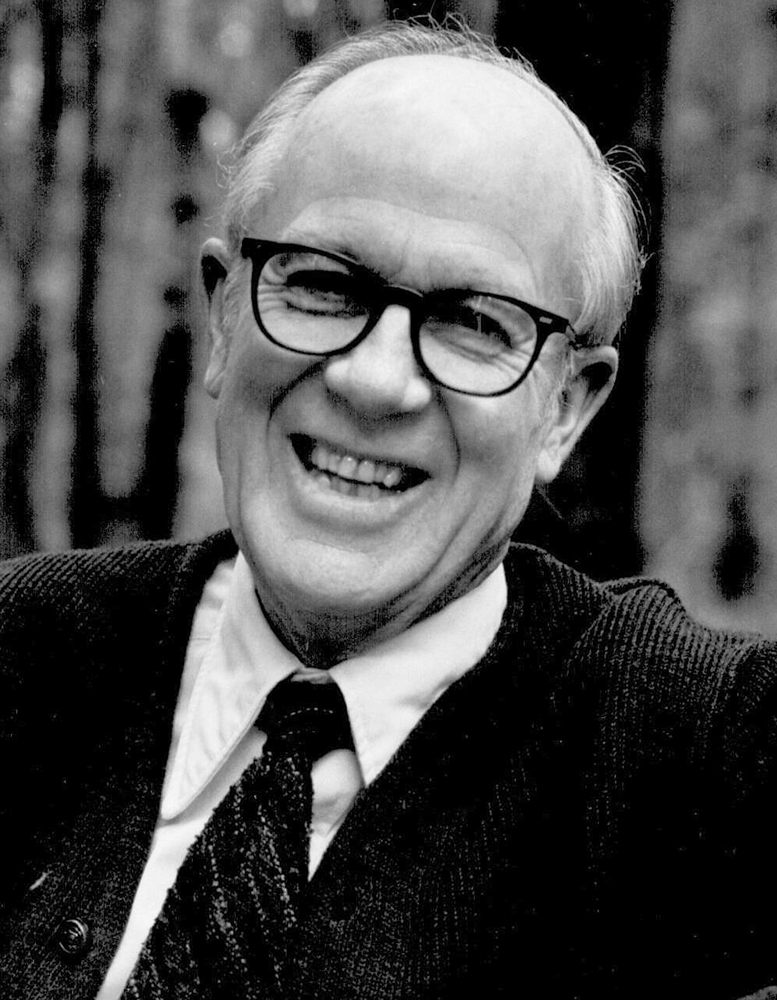

This is one of Bullock’s photographs that he captured, photographing a mountain range that reaches above the clouds. This includes the idea of the sublime by showing a untouched aspect of nature, reaching higher than any building a human could create. Bullock clearly focussed on tone, creating an image that highly contrasts between dark and light tones. Each dark mountain is separated by the light tones created by the misty clouds. There is also a contrast between texture, the mountains having a rocky, harsh texture and the clouds having a misty, smooth and wispy texture that flows between the rocky landscape. There is also a clear foreground and background in this image, creating depth in the photograph and showing the vast landscape that Bullock was face to face with. The interchanging between the rocks and the mist causes there to be a pattern in the photograph, causing the photo to be even more effective and unique.

Rural landscape photography refers to “photography in the countryside” and covers the rural environment. While rural landscapes often contain architecture – much the same as urban landscapes – rural landscape photography is more about capturing the life and elements found in the countryside.
Landscape photographs typically capture the presence of nature but can also focus on man-made features or disturbances of landscapes. Landscape photography is done for a variety of reasons. Perhaps the most common is to recall a personal observation or experience while in the outdoors, especially when traveling. Others pursue it particularly as an outdoor lifestyle, to be involved with nature and the elements, some as an escape from the artificial world.
Many landscape photographs show little or no human activity and are created in the pursuit of a pure, unsullied depiction of nature, devoid of human influence—instead featuring subjects such as strongly defined landforms, weather, and ambient light. As with most forms of art, the definition of a landscape photograph is broad and may include rural or urban settings, industrial areas or nature photography.
https://en.wikipedia.org/wiki/Landscape_photography
During this project, I will photograph a couple of different landscapes that remind me of other photographs done by artists. I will link these photos to romanticism and the sublime, creating contrast between humans and their architecture and the wild, carefree nature around us. I will try to capture either the people or buildings in a way that makes them look insignificant, to support the romantic beliefs of nature being everlasting and very important.
who: since this project is about romanticism landscape photography, I will want to include some people in my photos. They will be both staged and natural, as I will try to capture people going about their day as well as create staged photographs using my family.
what: I will attempt to capture a mixture of landscapes, however I want my landscapes to consist of some man-made structures to create contrast with the freedom and wildness of nature. I will also photograph some abandoned structures to compare them to the everlasting greenery around them.
where: I will take photos of a beach, such as St.Ouens beach since it is a wide space allowing me to capture a large landscape with many details. I will also go to a location with an abandoned building near a farm to create an interesting comparison between urban architecture and nature. I will also go to other locations with similar concepts.
when: I would like to photograph the beach location at sunrise to capture the different colours in the sky as well as the different people going for walks since it is a popular time to go out. I will want to photograph the abandoned structures I find during different weather, sunny to further enhance the beauty of nature and contrast with the lonely buildings and windy/ cloudy weather to amplify the already gloomy mood the building creates.
how: I will use different settings on the camera, such as a higher aperture, to capture the different colours as well as making the exposure of the photo quite low. I will also attempt to create some long exposure photographs to capture the way nature reacts to the windy weather, for example a blur being created as trees move.
why: I think this will be a good way of creating some romanticism photographs, comparing the power of nature against the insignificance and short life of humans and our architecture. The different weathers and locations will vary the concepts of the photos, showing a wide variety of landscapes.
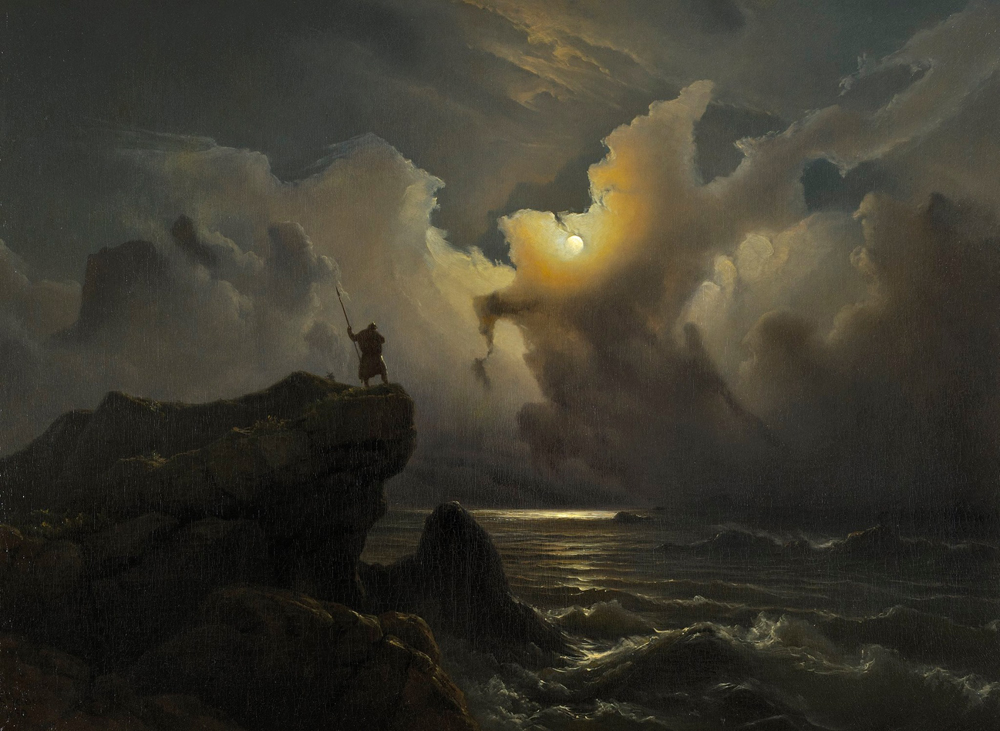
Romanticism was an artistic, literary, musical, and intellectual movement that originated in Europe towards the end of the 18th century, and in most areas was at its peak in the approximate period from 1800 to 1850. It began approximately during 1770, during the industrial revolution. Romanticism is often seen as the reaction to the developing urban world, and the negative impact it has on people. The Age of Romanticism heavily contrasts with the Age of Enlightenment, since it was the act of moving away from those ideas and traditions.
Romantics believed in the natural goodness of humans which is hindered by the urban life of civilization. They believed that the savage is noble, childhood is good and the emotions inspired by both beliefs causes the heart to soar. They also believed in following your heart, especially when it comes to emotions, most importantly love. A core belief of romantics is ‘civilisation is what has made us sick’. Writers and artists rejected the notion of the Enlightenment, which had sucked emotion from writing, politics, art, etc. Writers and artists in the Romantic period favoured depicting emotions such as trepidation, horror, and wild untamed nature.

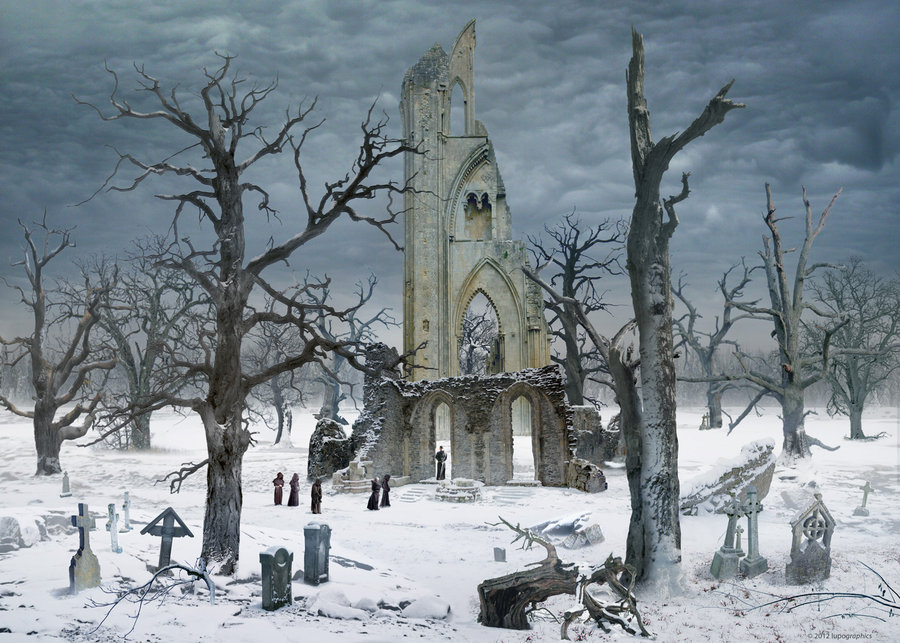
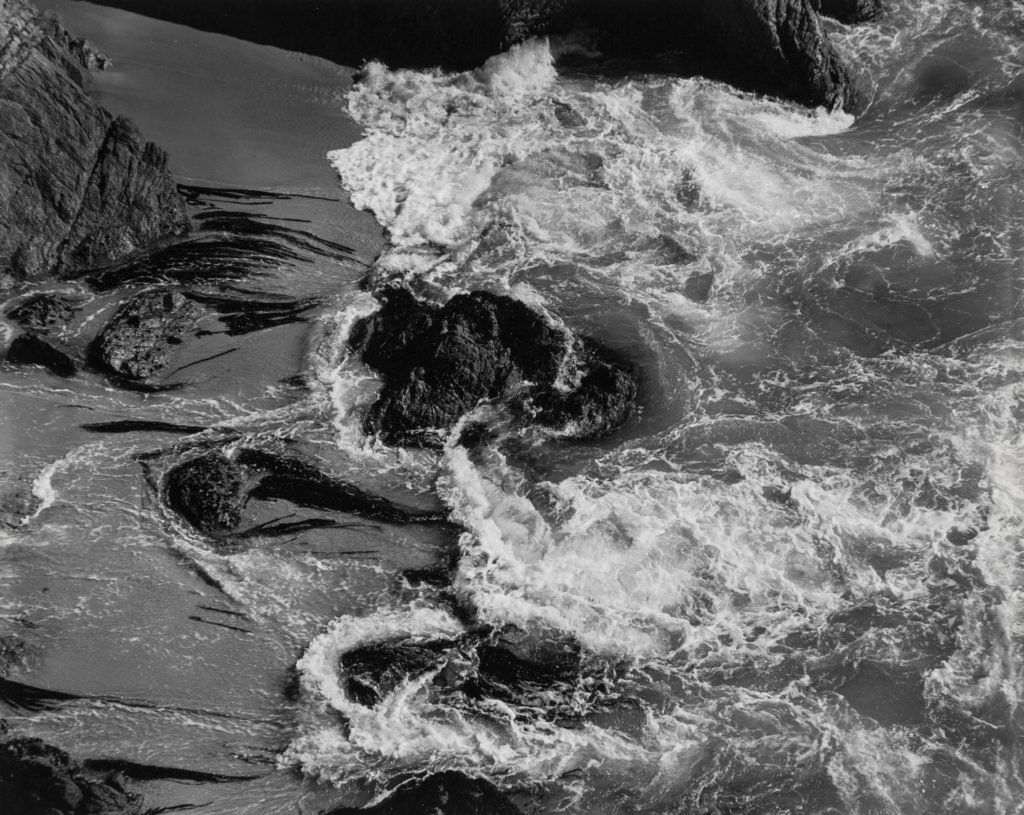
Romanticism in art and photography always portrayed some sort of natural scene; the rural landscape being captured in a free and wild way. Romantics were heavily influenced by nature, wanting to be as carefree as possible. Furthermore, nature was captured in a way that clearly presented it as a powerful and important aspect of our world, suggesting how insignificant humans and our impact on the world (such as our architecture) truly are in comparison.
The Sublime isa meeting of the subjective-internal (emotional) and the objective-external (natural world): we allow our emotions to overwhelm our rationality as we experience the wonder of creation. It is the sense of accepting and cherishing our insignificance in this world. The Sublime is a western aesthetic concept of ‘the exalted’ of ‘beauty that is grand and dangerous’. The Sublime refers to the wild, unbounded grandeur of nature. The Sublime is related to threat and agony, to spaces where calamities happen or things run beyond human control.
The theory of sublime art was put forward by Edmund Burke in ‘A Philosophical Enquiry‘ and was in 1757. It connected the sublime with experiences of awe, danger and terror, creating a new meaning for the word. He defined the sublime as an artistic effect productive of the strongest emotion the mind is capable of feeling. The philosopher understood the importance of people being made to feel small and insignificant as a way of putting daily life in perspective, and to counter the inflation of the ego.

Joseph Turner painted many pictures exploring the extreme weather at sea. In this piece, a steam-boat is shown at sea during the storm. It used to be told that Turner was once actually tied to a mast of another ship during this storm to capture the event from a first person experience and so that he could paint it from memory. This is now thought to be untrue, but it has been used as an example of Turner’s direct engagement with the world around him and his experience of the sublime. The small ship, being overpowered by water and wind, can be seen as a symbol of human’s efforts to overcome the forces of nature.

This is a famous piece by Philip James de Loutherbourg, who specialised in such landscapes. He added human drama to the avalanche’s awesome progress by painting terrified people, in the foreground, who appear to be soon overwhelmed by nature’s power. The sublime is very clear in this piece, the humans seen in the image being insignificant and powerless against the sheer force of nature. De Loutherbourg’s exploration of sublime effect was assisted by his work as a theatre set designer.


Joe Cornish captured this iceberg and explained how he managed to capture a sublime photo by saying: ‘all icebergs are ultimately doomed, and when they are as delicate and fragile as this one their demise is near. So near, that just a few seconds after this photograph was taken the arch collapsed, scattering shards of ice as dangerous projectiles either side of the impact zone. Luckily for us, we were not in the line of fire‘. This presents the idea of how something beautiful and spectacular can evoke so much fear in a human. It also indicates how truly powerful nature is, powerful enough to destroy itself.
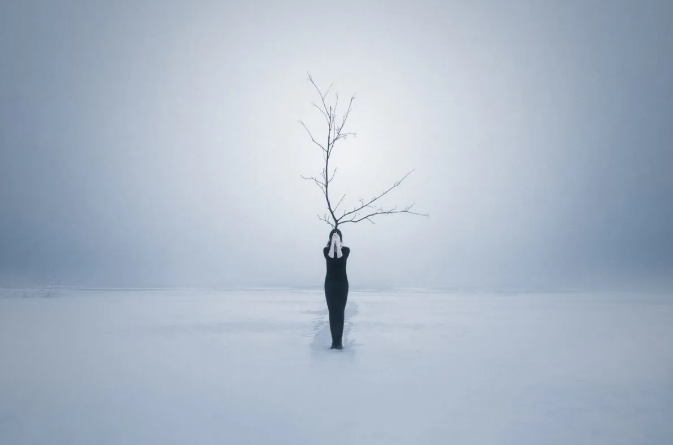

Andi Balogh is another modern day photographer who captures fascinating pictures of women surrounded by ethereal ice landscapes which are “inspired by the Nordic ambiance, healing nature, and internal spheres”. His photos seem to often include a misty, engulfing background which seems to flow around the woman in his photos, appearing as through they are overpowering her. Her closed poses imply she has come to terms with her insignificance against the wild nature around her. Balogh explained his aim in his photos is “to radiate the northern ambience which I see magical. I interconnect the external nature with the inner realities involving the feminine human form. Mostly I’m the photographer and the object/subject in the photo because my goal is emphasize the calmness, deep connection with nature and the constructive force in way the northern atmosphere has affected and affects me” which presents the romantic photographer as very understanding of the sublime.